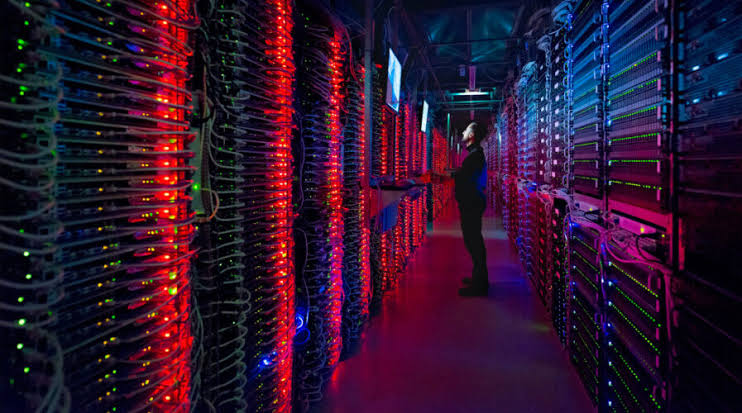The Power of Data Center and Its Impact on our Nation
The recent crackdown by the Government of India to geo-restrict our citizens’ data from a certain nation is a testament to the fact that India has become aware of the sensitivity of our citizens’ data and the power it carries with itself.
With over 45 data centers planned to come up by the end of 2025 on top of 138 pre-existing data centers (DCs), India looks forward to becoming the crowned king in terms of demand and the rate of expansion in IT growth. Mumbai, Hyderabad, Chennai and Noida seem to be the most popular geographical locations when it comes to constructing new data centers. Although these facts and figures are a positive sign for our nation, are we really aware of what a data center actually is?
A data center is a facility dedicated to housing IT resources such as servers, routers, switches, storage systems, firewalls and load-balancers. However, the list of IT resources is not exhaustive as technology is continuously evolving. A data center can be either a building or a group of buildings.
Over time, there has been an increase in the number of companies and establishments that are opting to house their IT infrastructure in data centers. The reason is quite simple. The constant need to look after their IT setup can incur high costs in terms of power consumption, maintenance, space, failover enabled internet connectivity and 24×7 physical monitoring. This cost is reduced drastically if establishments opt to place their IT Infrastructure in a DC. A simple comparison can be made in terms of annual costs. A typical IT project setup that is placed within an office space will incur a cost of ₹5.5 crores (for a space of apparent occupancy of 360 square feet and an actual occupancy of 50 square feet) whereas the same setup will incur a cost of ₹2.7 crores if placed in a DC.
Talking about investment as an aspect, a data center incurs huge costs in terms of construction, deployment and maintenance. The data center should have constant power supply to prevent any impact on their client’s business. Provisions for power backup are also a necessity (diesel backed industrial generators coupled with thousands of UPS’). The DC should also make sure that the basic expectations of temperature and humidity levels are also met. Typically, a data center needs to maintain an ambient temperature of around 15-25 degree Celsius and an absolute humidity of 35% – 60%. These are constantly maintained through industry-grade air-conditioning units which themselves require high power consumption apart from 24×7 power supply to the client’s IT Setup. Provisions are also made for disaster prevention and recovery. As per compliances under physical security controls of ISO 27000, a DC should be able to withstand an earthquake ranking 9 on the Richter scale. A DC recovers its initial and operational costs within a short span of two years. This is due to an increase in provisioning of spaces to interested clientele.
In terms of long-term finances, India already appears as a lucrative investment option for IT giants such as Amazon and Google. Currently, India’s data industry is worth $5.6 Billion (or ₹4,60,48,21,70,400. Yes, it is too much ☺.). With big IT giants already following inland data processing, other multinational companies will soon follow the trend by instating specific data processing hubs in India.
Given the fact that the Government of India is backing Adani and NTT to establish data centers, the future of our nation as a leading digital powerhouse looks imminent. India has surely understood that moving forward, data is the new oil of 21st century.
Author: Samar Singh
About Author: Student of MBA 08
#datacenter #iimbodhgaya #theenlighteningiim #IT
#powerbackup #dataindustry


